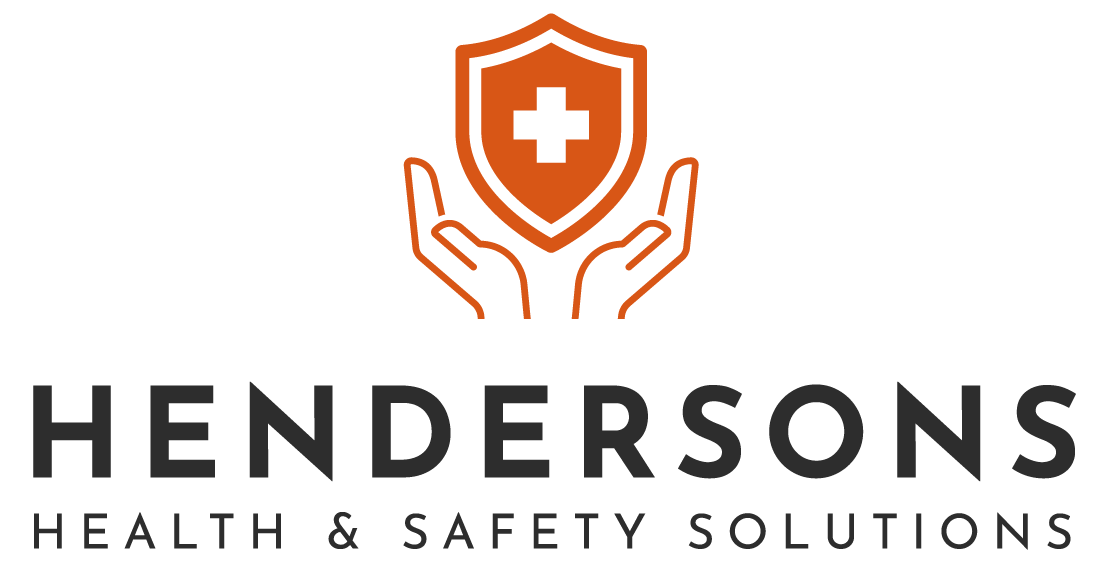August in Review: Lessons, Innovations, and Awareness in Health & Safety
As summer draws to a close, August 2025 has proven to be a month of critical developments in the health and safety landscape. From sobering enforcement actions to promising innovations, the stories emerging this month offer valuable insights for practitioners, policymakers, and organisations striving to uphold safety standards. At Hendersons Health & Safety, we’ve reviewed the key headlines, fines, and campaigns to distil what matters most.

Enforcement Actions: A Wake-Up Call Across Sectors
The Health and Safety Executive (HSE) issued a stark warning to offshore operators following incidents involving motion-compensated gangways retracting unexpectedly. The notice calls for immediate reviews of gangway systems and the installation of warning mechanisms — a reminder that even high-tech solutions require rigorous oversight.
Elsewhere, enforcement actions highlighted persistent failures in basic safety protocols. Dundas Chemical Company was fined £100,000 after a worker suffered severe steam burns due to poorly maintained equipment. In the construction sector, sole trader Gary Smith faced penalties for a second time after a worker fell from a roof lacking edge protection. And in the care sector, Western Isles Council was fined £80,000 following the tragic death of a dementia patient who exited a facility undetected — a case that underscores the importance of safeguarding vulnerable individuals.
Fines That Speak Volumes
The scale of fines issued this month reflects the gravity of the incidents:
- £2.5 million – Industrial Chemicals Ltd, for acid leaks and toxic gas clouds.
- £1.04 million – West Fraser (Europe) Ltd, for rooftop and machinery failures.
- £800,000 – QinetiQ Ltd, after a worker was shot during ammunition testing.
- £566,000 – AB Agri Ltd, following an arm amputation due to conveyor failure.
- £250,000 – Betsi Cadwaladr Health Board, for preventable patient falls.
These cases reinforce the need for robust risk assessments, proactive maintenance, and a culture of accountability.
Innovation: The Future of Safety Is Smart
August also brought encouraging signs of progress. Wearable technologies — from biometric wristbands to heat-sensitive PPE — are gaining traction, offering real-time data to prevent incidents before they occur. Artificial intelligence and IoT systems are being deployed to predict hazards and automate compliance checks, while virtual reality is transforming training by immersing workers in realistic simulations.
Collaborative robots and drones are increasingly used for inspections and hazardous tasks, reducing human exposure to risk.
These innovations are not just futuristic — they’re actionable tools that forward-thinking organisations are already integrating.
Publications Worth Reading
Two standout publications this month include:
- Safety+Health Magazine (August 2025): Focused on emergency readiness, virtual training, and cultivating safety culture.
- Occupational Health & Safety (July/August 2025): Covered lone worker safety, PPE design for women, and ethical AI use in safety systems.
These resources offer practical insights and case studies that can inform policy and practice.
Awareness Campaigns: Building a Culture of Safety
August hosted several national campaigns aimed at raising awareness:
- Safe + Sound Week (Aug 11–17): Encouraged organisations to proactively engage with safety culture.
- Drive Sober or Get Pulled Over (Aug 14–Sep 2): Tackled impaired driving with enforcement and education.
- Stop on Red Week (Aug 4–10): Highlighted intersection safety.
- National Immunization Awareness Month: Promoted vaccinations across all age groups — a timely reminder as we approach autumn.
These campaigns offer opportunities for engagement, training, and public messaging that align with broader safety goals.
Final Thoughts
August 2025 has shown us that health and safety is a dynamic field — one where failures can be devastating, but innovations and awareness can drive meaningful change. At Hendersons, we remain committed to helping our clients navigate this evolving landscape with bespoke consultancy, rigorous compliance reviews, and forward-thinking solutions.
and complexity.




